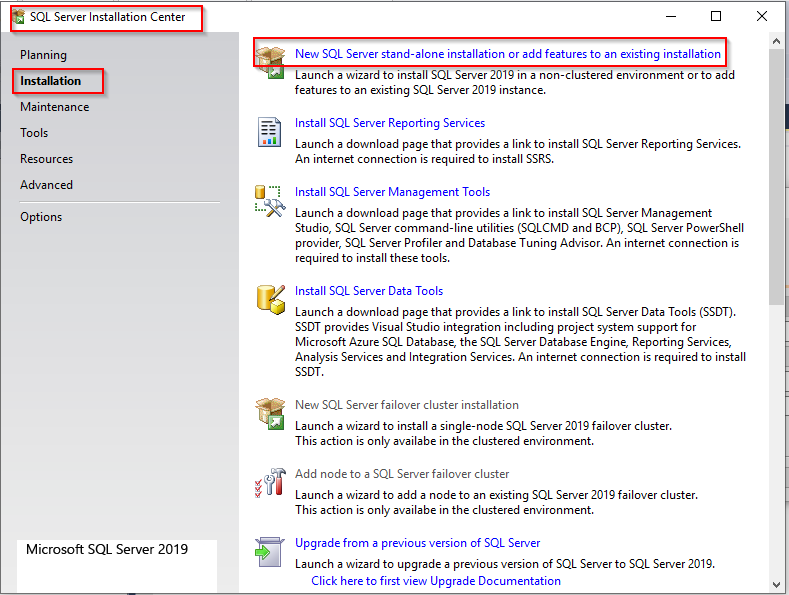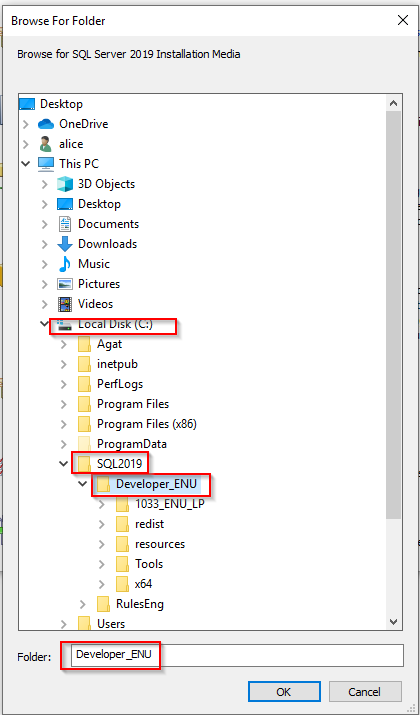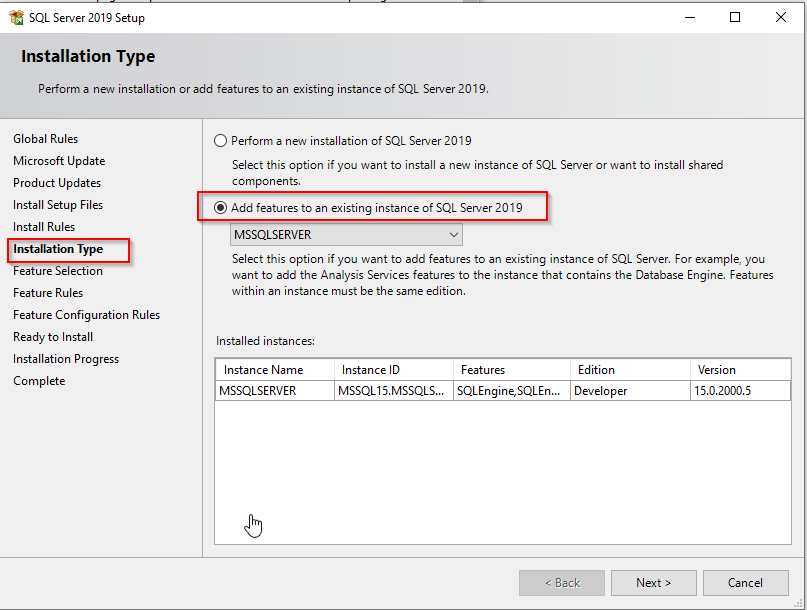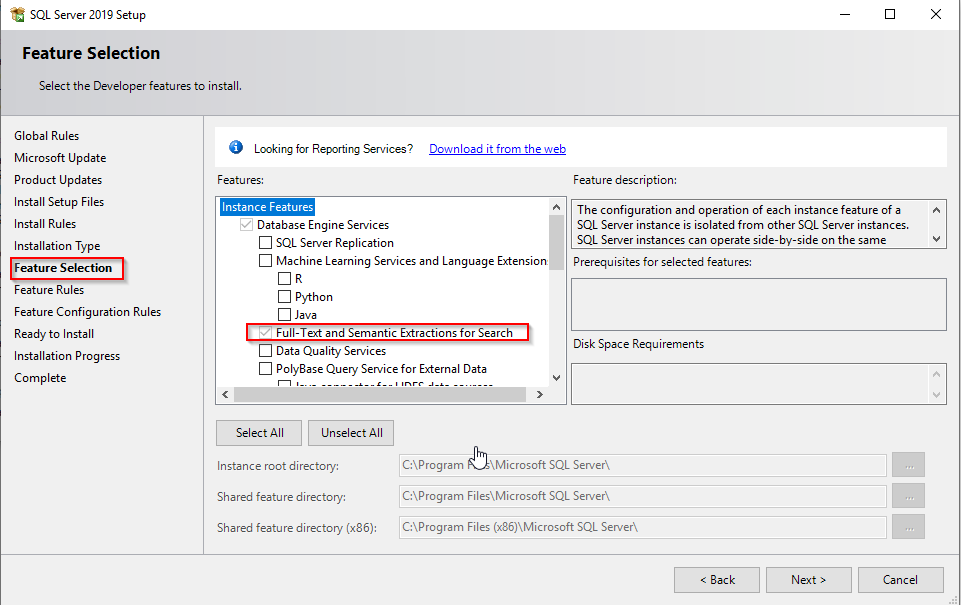I am currently attempting to create a full text index on a unique column. The table definition is:
CREATE TABLE [dbo].[DictionaryWords](
[Id] [int] IDENTITY(1,1) NOT NULL,
[Word] [varchar](255) NOT NULL,
[Frequency] [int] NOT NULL,
CONSTRAINT [PK_DictionaryWords] PRIMARY KEY CLUSTERED
(
[Id] ASC
)WITH (PAD_INDEX = OFF, STATISTICS_NORECOMPUTE = OFF, IGNORE_DUP_KEY = OFF,
ALLOW_ROW_LOCKS = ON, ALLOW_PAGE_LOCKS = ON) ON [PRIMARY],
CONSTRAINT [UX_Word] UNIQUE NONCLUSTERED
(
[Word] ASC
)WITH (PAD_INDEX = OFF, STATISTICS_NORECOMPUTE = OFF, IGNORE_DUP_KEY = OFF,
ALLOW_ROW_LOCKS = ON, ALLOW_PAGE_LOCKS = ON) ON [PRIMARY]
) ON [PRIMARY]
I then created the full text catalogue:
CREATE FULLTEXT CATALOG ft AS DEFAULT
and finally attempted to create the full text index:
CREATE FULLTEXT INDEX ON DictionaryWords(Word) KEY INDEX UX_Word
but I get the error:
Full-Text Search is not installed, or a full-text component cannot be loaded
Full text search is installed, as testified by the command:
SELECT SERVERPROPERTY('IsFullTextInstalled')
which returns a value of 1. So presumably the problem is that "full-text component cannot be loaded".
Any ideas what I should look at next?




